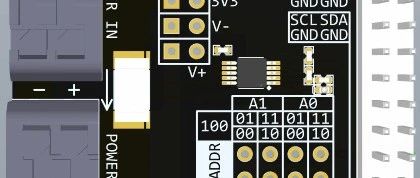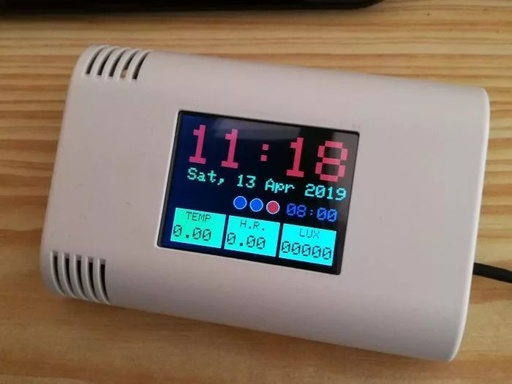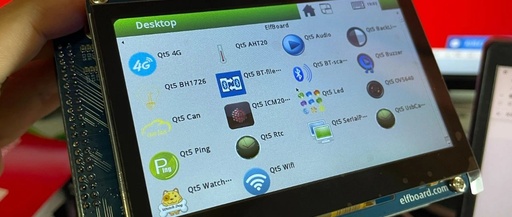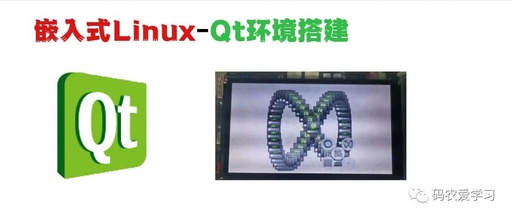Building Qt with Buildroot for Linux and Development Boards
# 1 | Building Qt with Buildroot for the File System Tool Description Buildroot https://buildroot.org/download.html windows Download buildroot, drag to ubuntu ubuntu18.04 or 20.04 Qt environment setup, Qt Qt5.12.8 [1] Unzip the file kali@ubuntu:~/Desktop/Buildroot$ tar zxvf buildroot-2024.02.tar.gz # 1.1 | Configure Buildroot Enter the buildroot-2024.04 directory. Enter the command below to install the libraries needed … Read more









